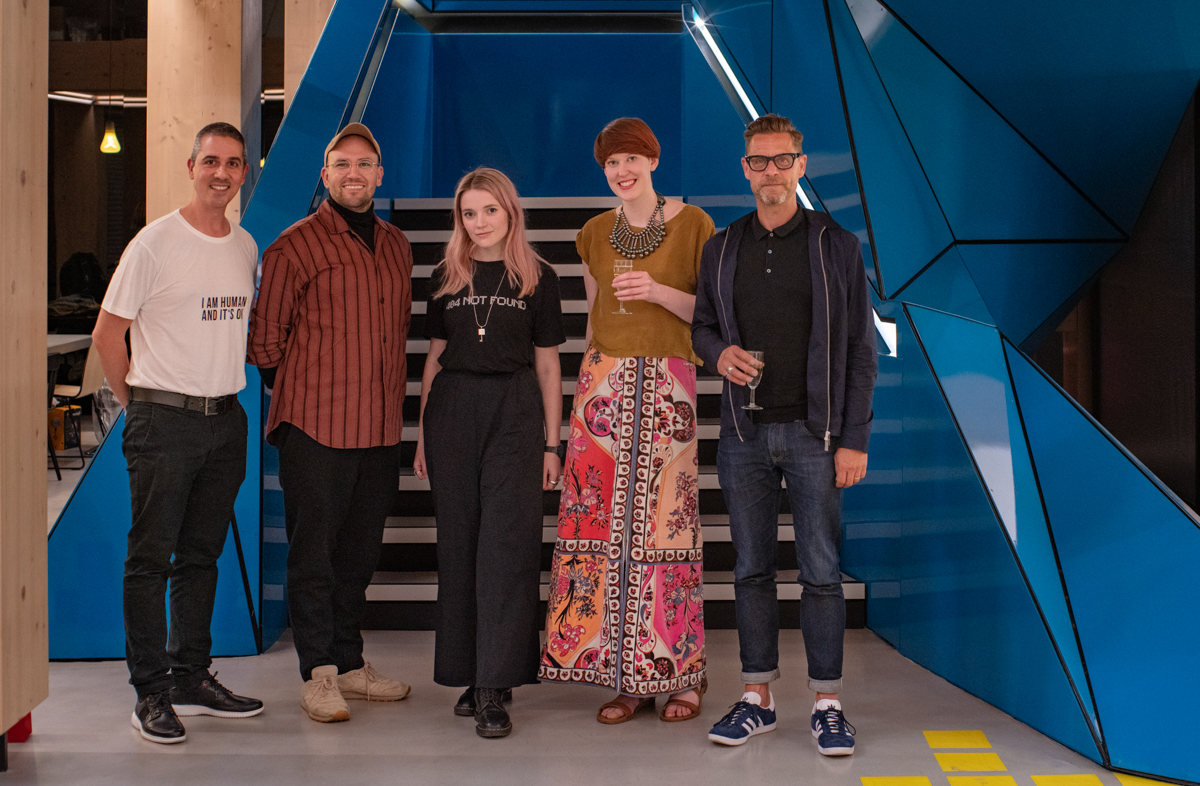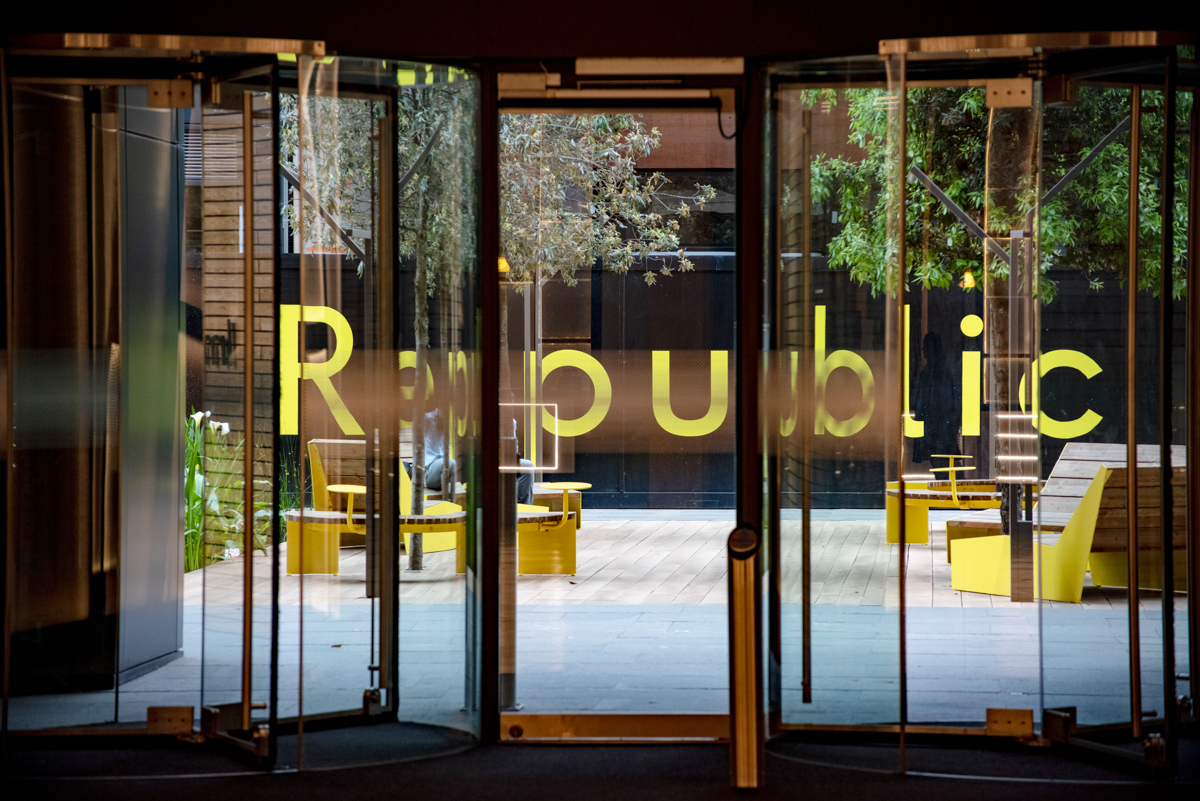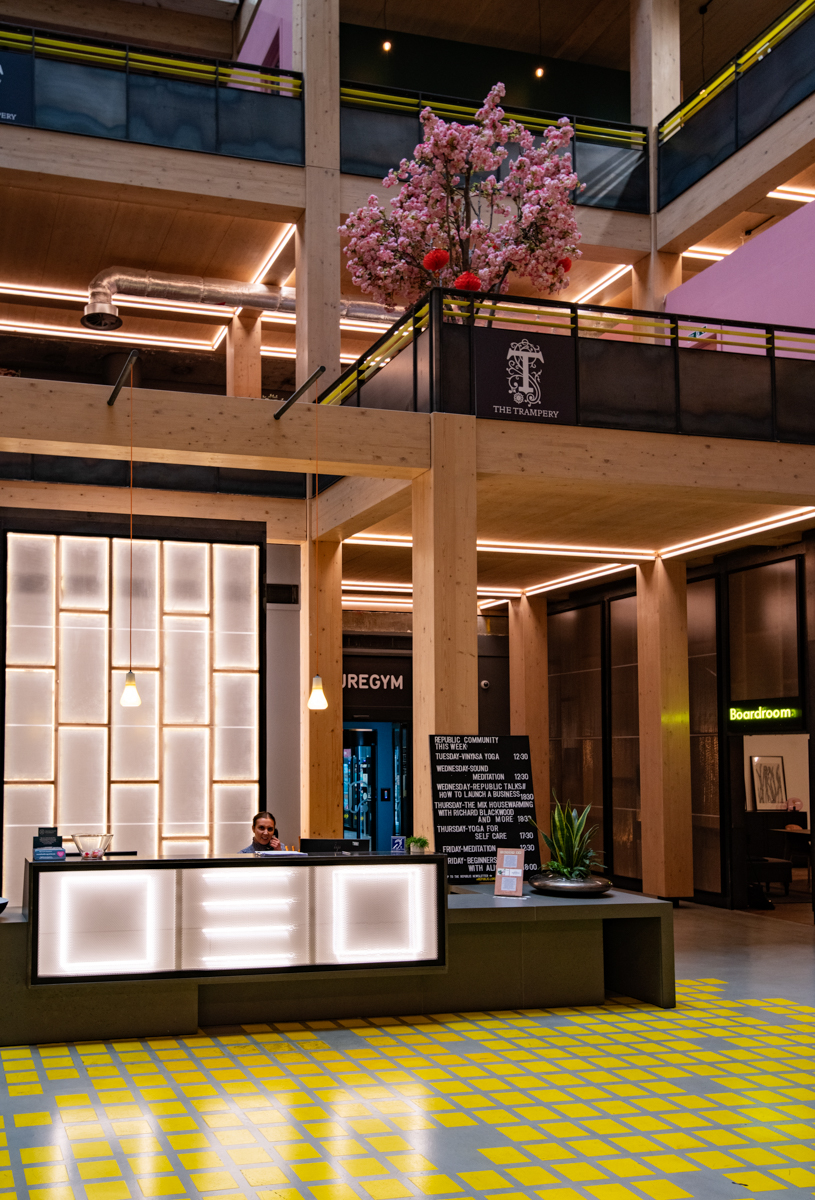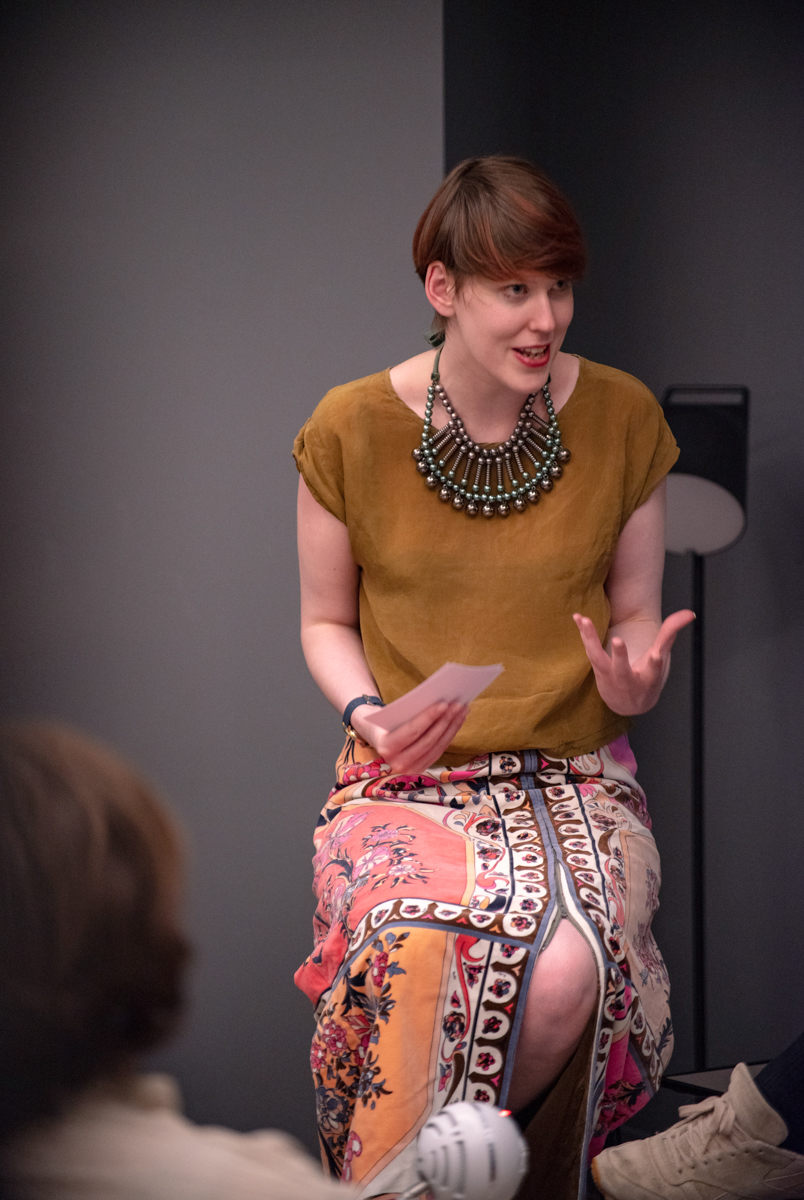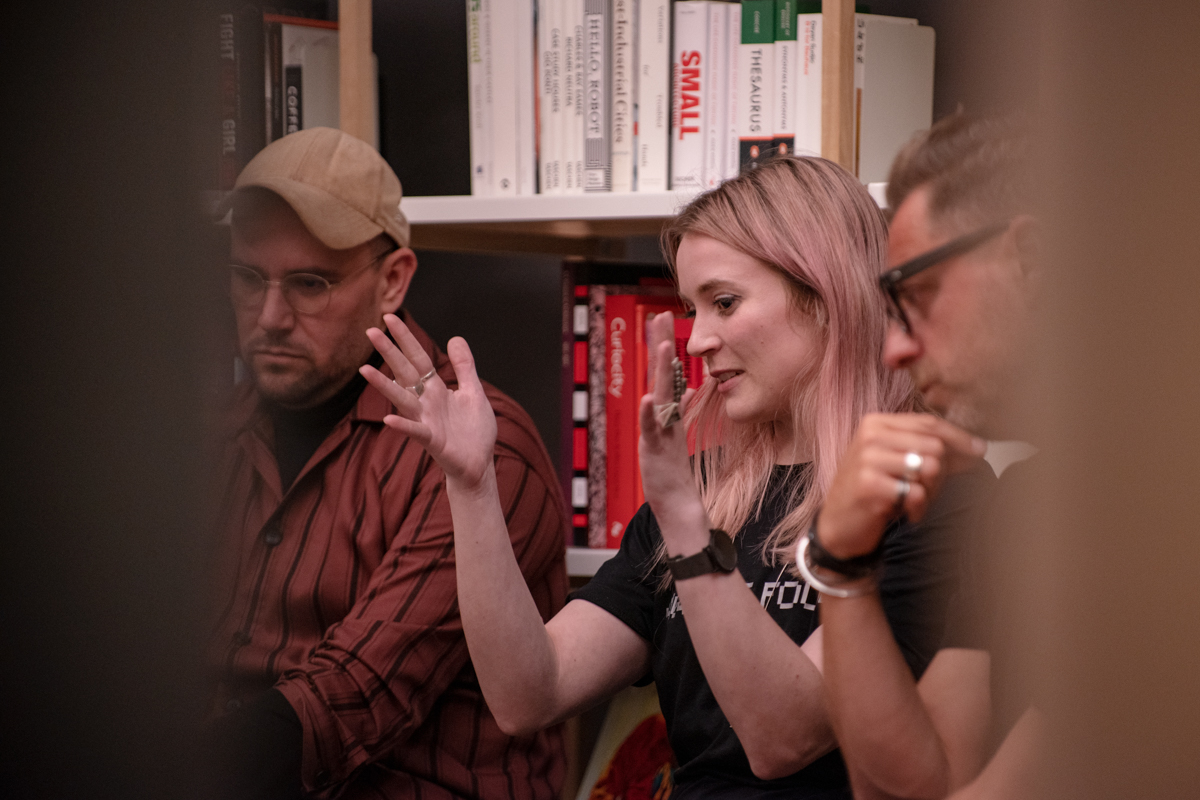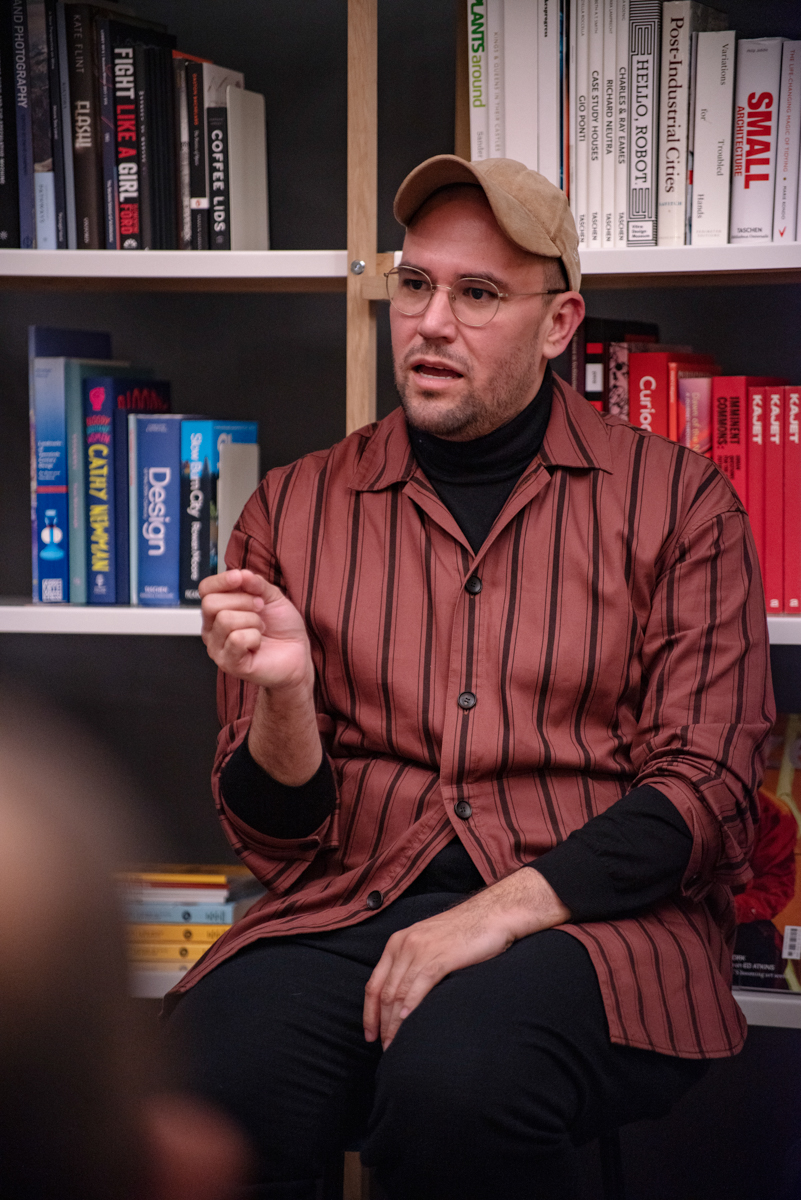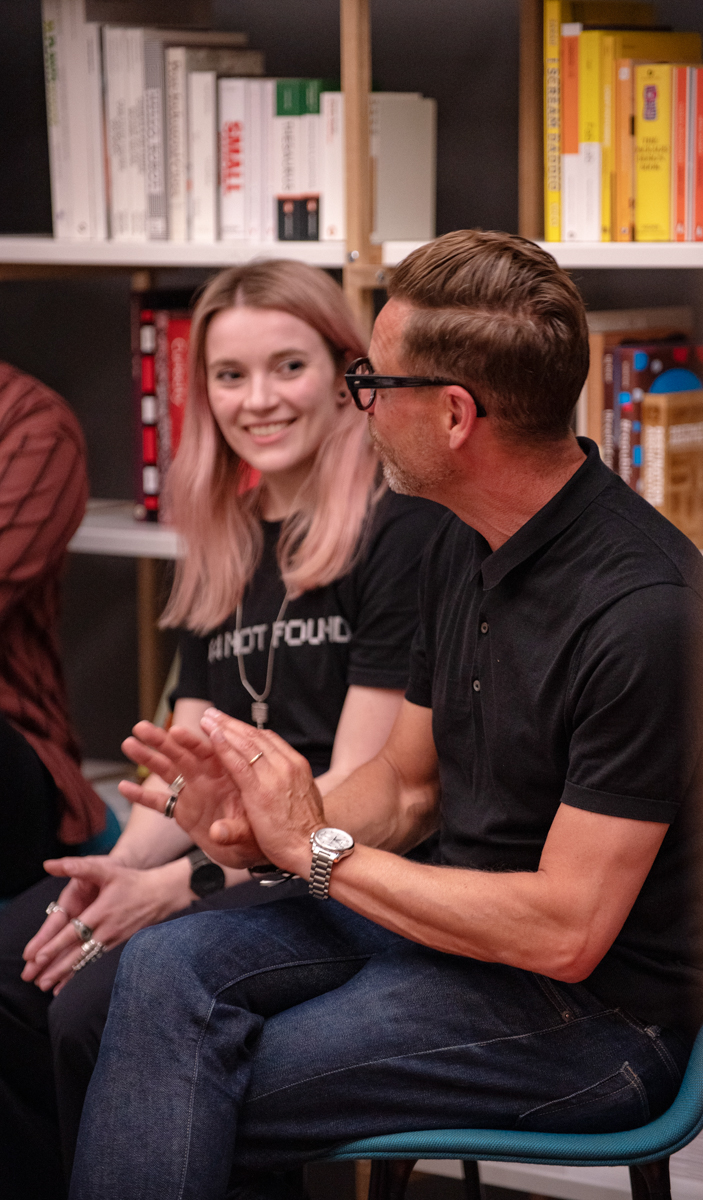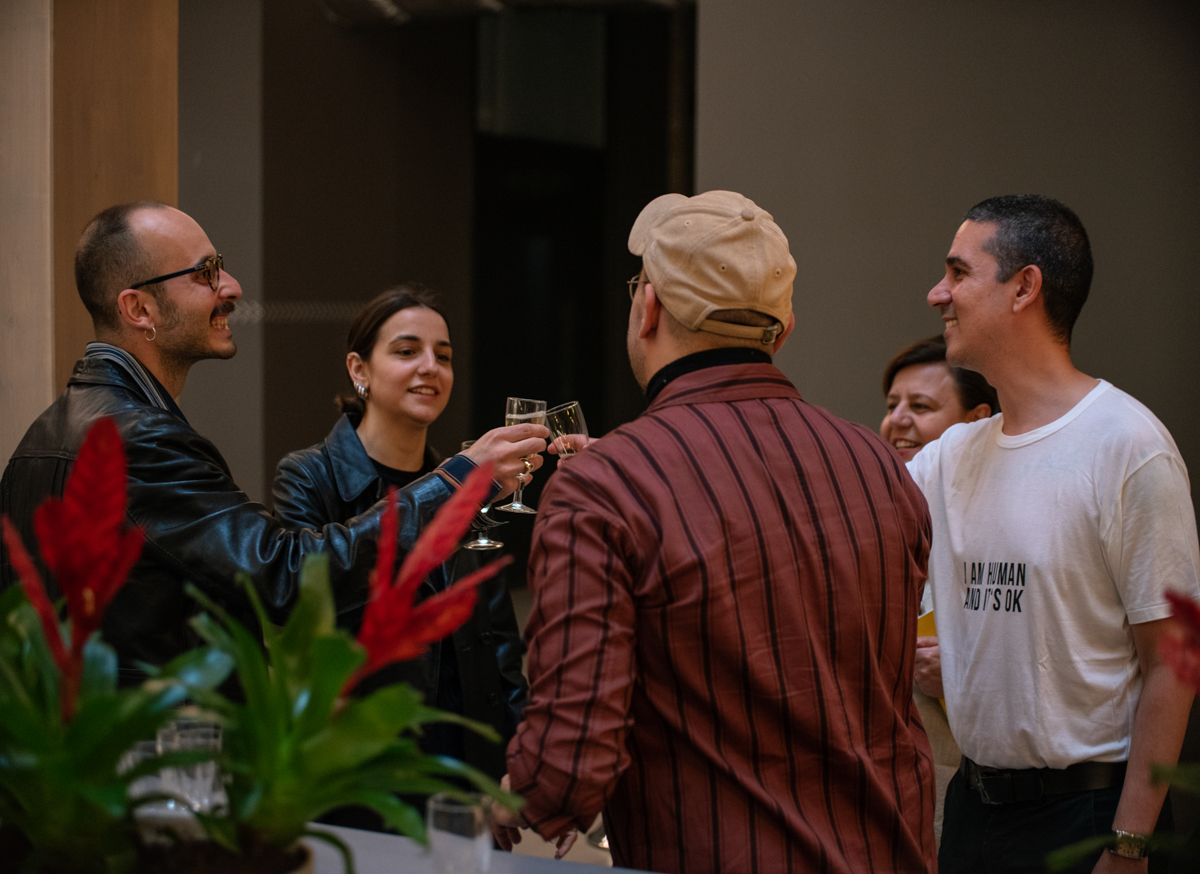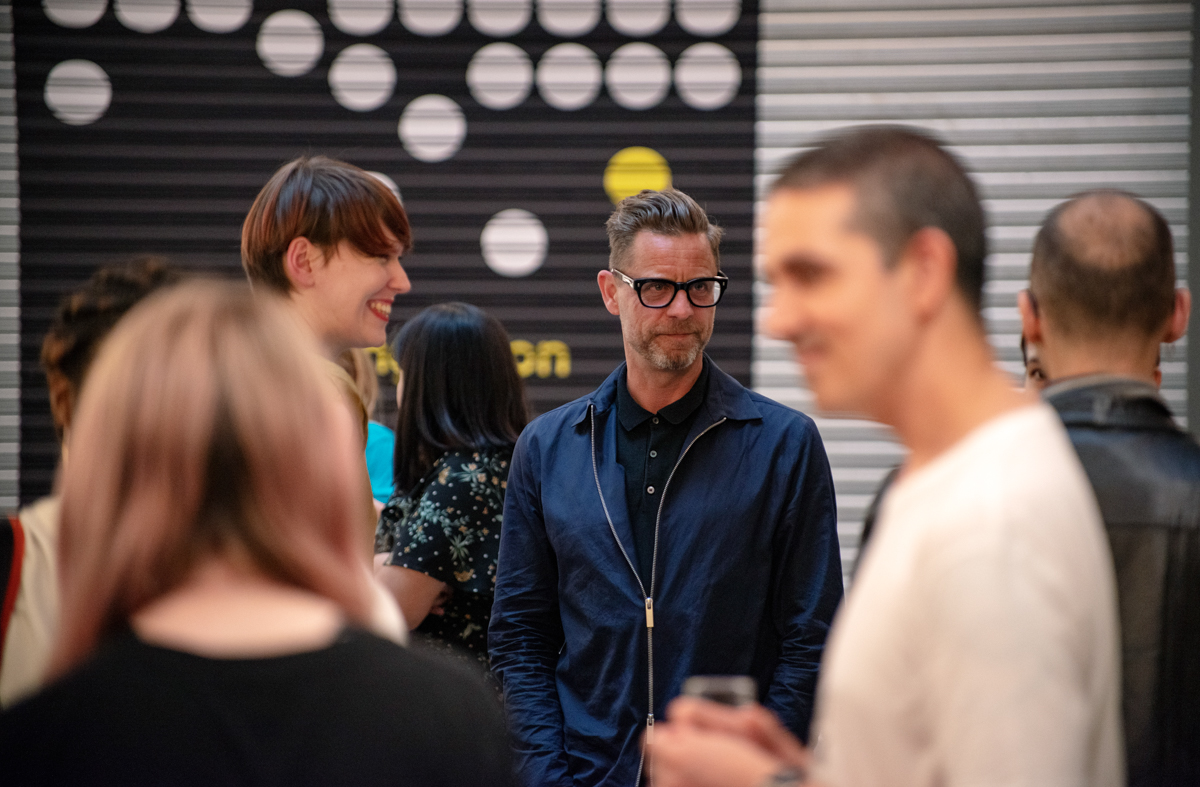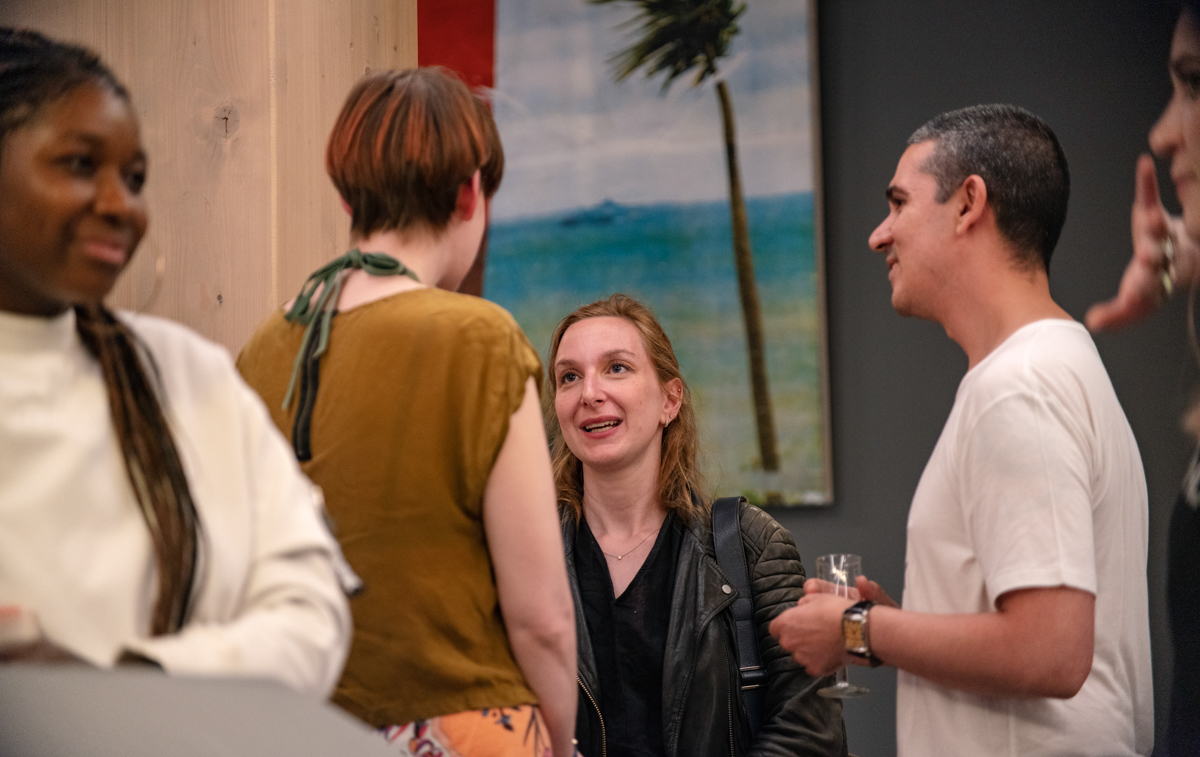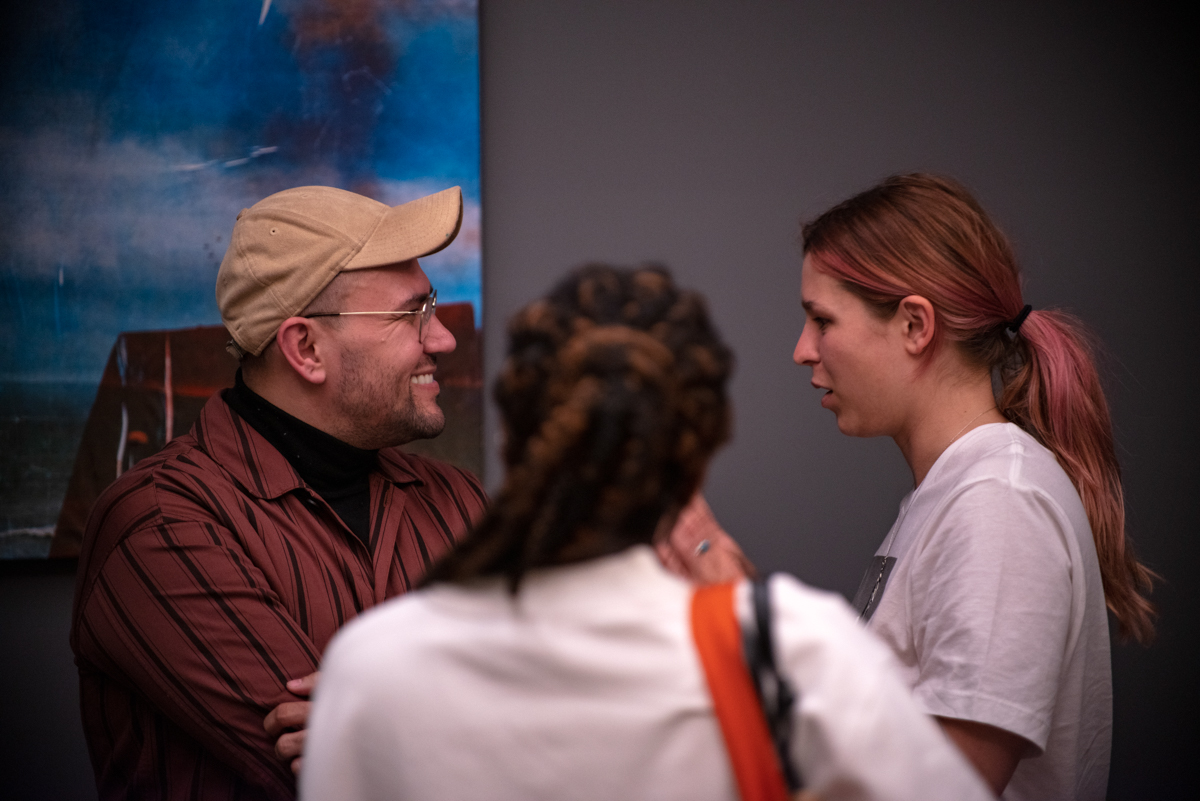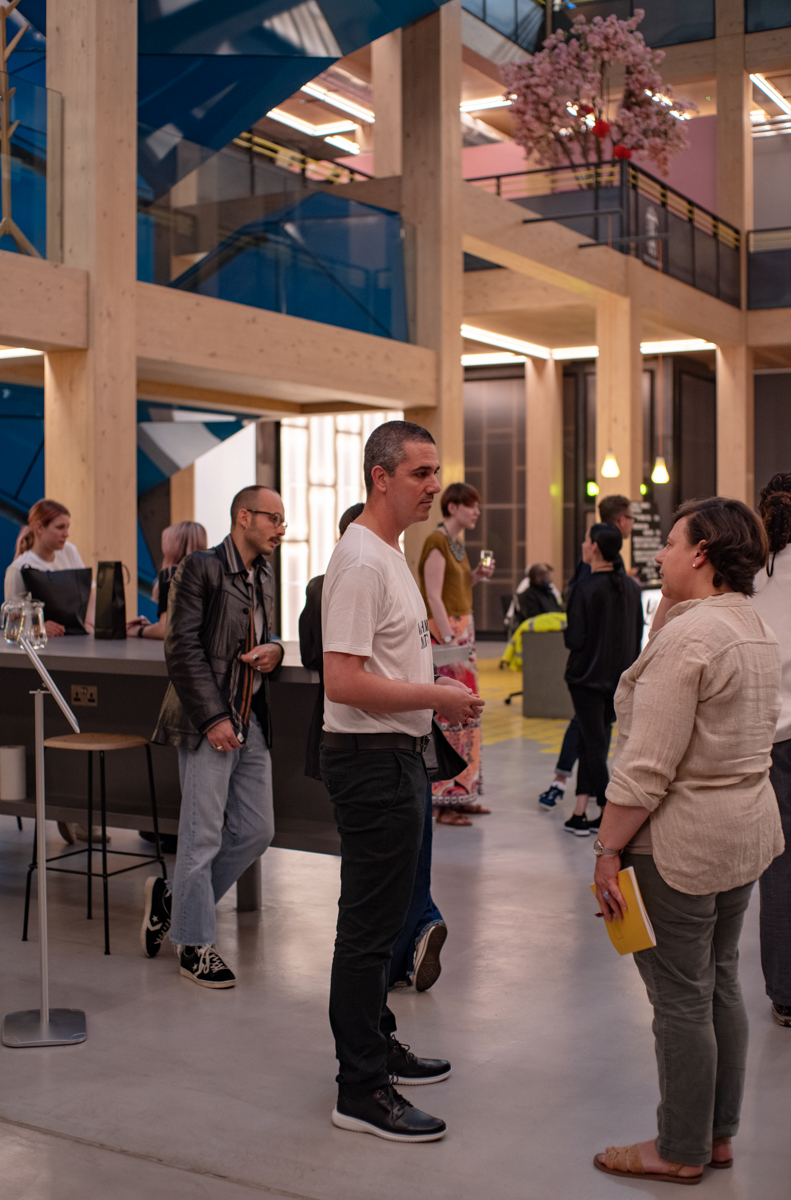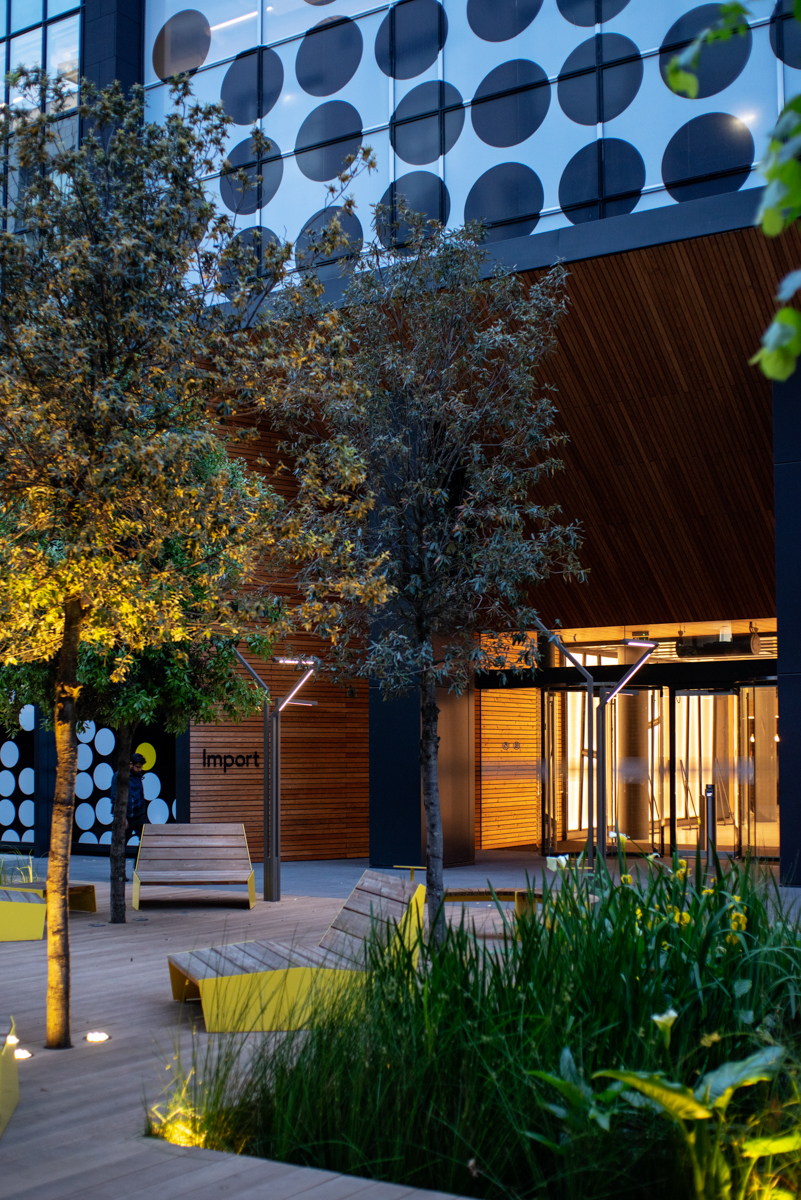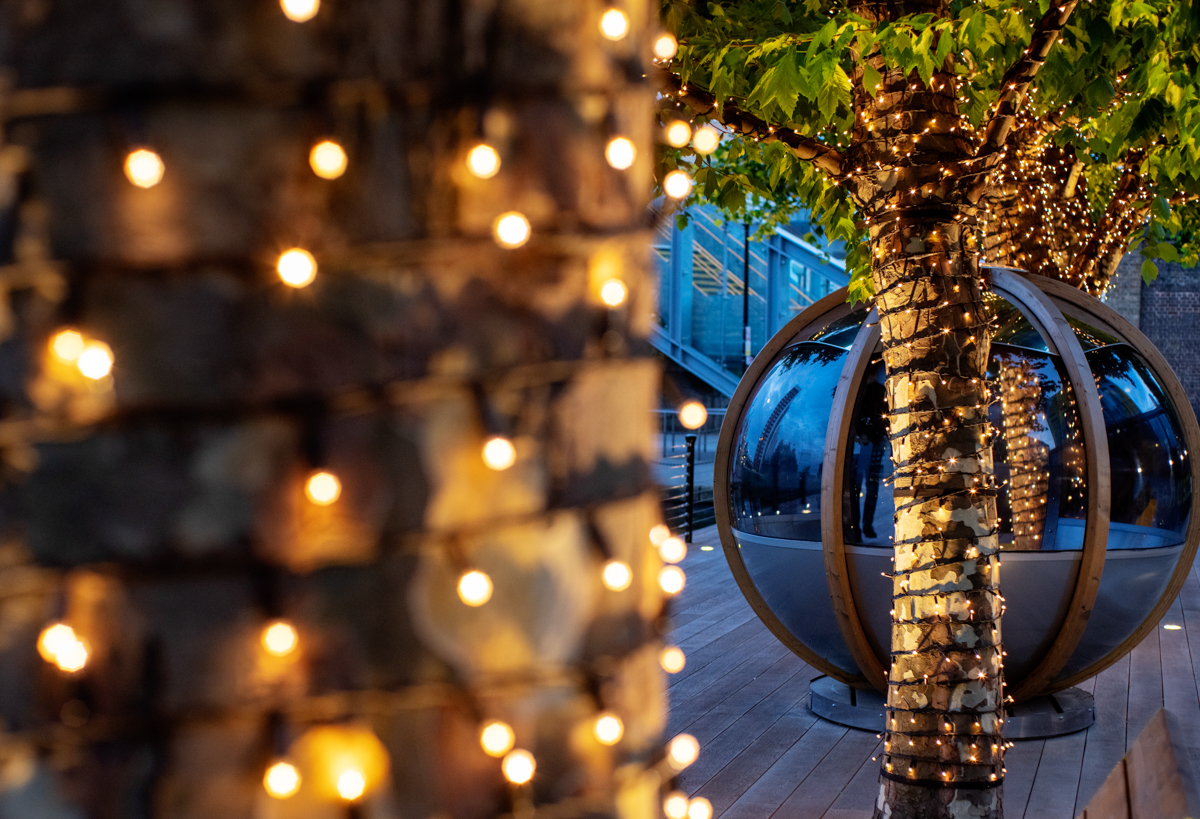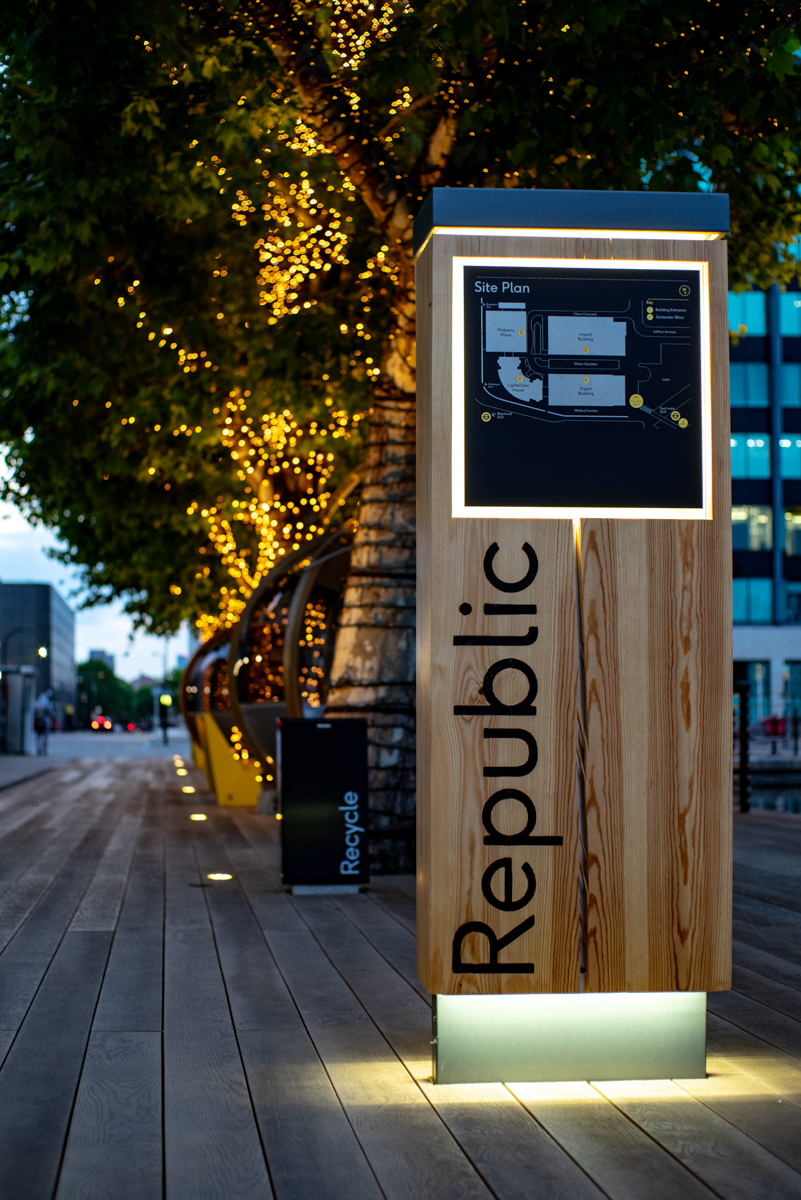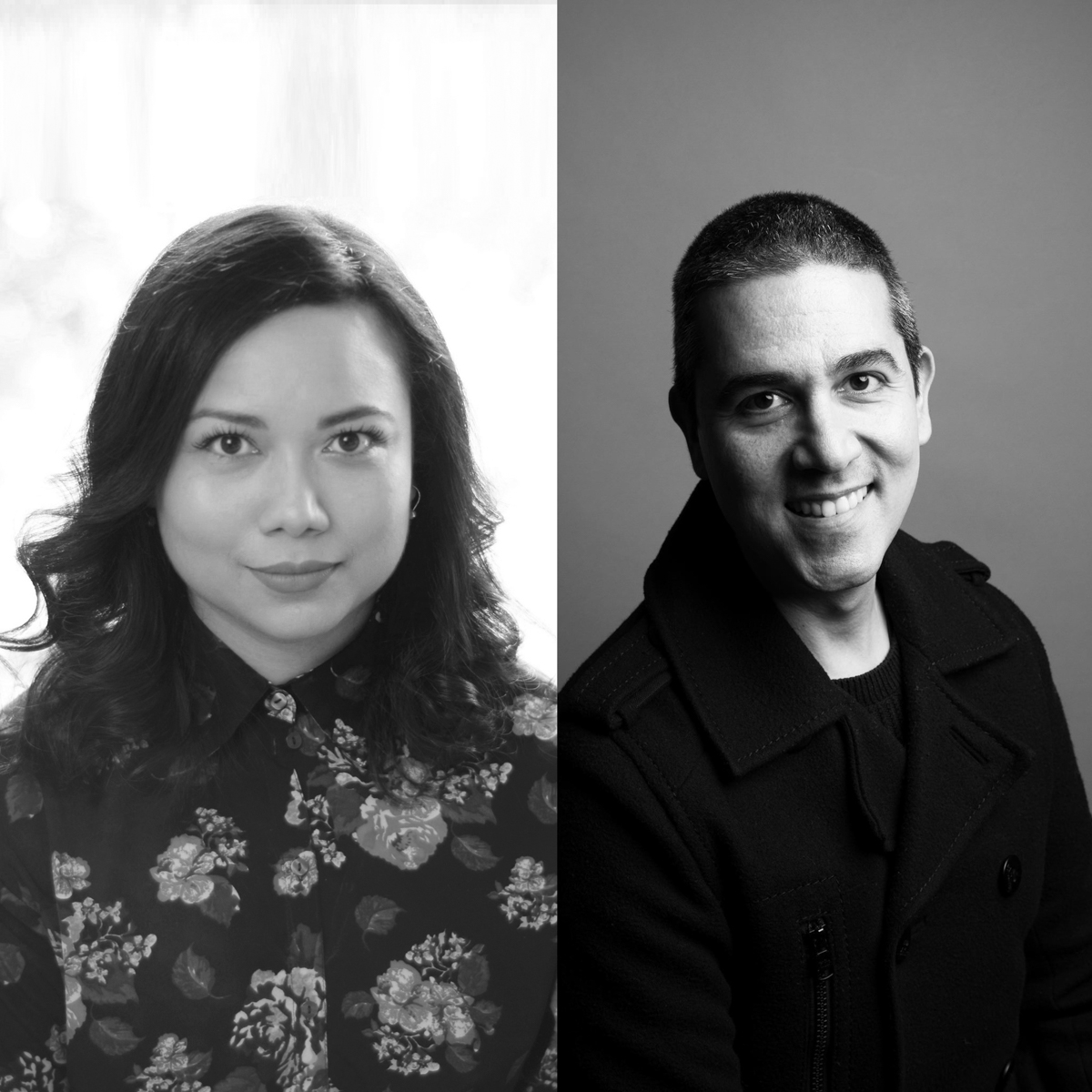This is the nineteenth post in my series of posts where I speak with people in the creative industries and ask them questions about the things that "I Wish I Had Known" when I started out as a creative myself.
In today’s post, I have the honour of chatting with London-based Canadian-born figurative painter Andrew Salgado about his work, the state of the art industry these days and how being humble and grateful can go a long way in the art world:
1. How do you become a painter? Is it something that you go to school for or are you born with the talent?
Well, I think that you are inherently born with a talent, but that talent can definitely be honed. I don't think school is necessarily a determining factor. It’s also a mindset, a mentality. It takes a lot of drive, whereas most people think it’s quite a wishy-washy process, it’s actually quite the opposite.
2. Did you always know that you wanted to be a painter or did you try a different industry before becoming an artist?
I was always interested in the arts; originally I thought I was going to perhaps go into architecture or even dabbled in film; but ultimately I realized that my passion was in art - as in studio art, which is very self-directed and allows me full control of my life and creativity.
3. While doing my research for this interview, I came across many interviews of yours that go back to almost a decade ago, and the Andrew in every one of them sounded like a different person, a different artist. Has your growing up as a person influenced your art or the other way around?
Oh wow. Well, I think that the person I was around 2008 and the years after being victimized in a hate-crime, I was a very wounded person. I was angry and rattled; I had also just moved to the UK. I was uncertain. I've grown a lot. I've learned a lot. I think I have learned a lot from art, but also personal experience. I don't think you can have one without the other. I've become more of a business-minded person, but I've also become a bit more disillusioned with the art world. That sounds like a bad thing, I don't know that it is, it’s a reality of the industry. I'm quite well adjusted right now; I feel like a complete person.
4. How would you describe your style as a painter and how would you explain it to those of us who don’t understand about art?
I'm figurative, as in, I 'paint people'; but I embrace a lot of abstract techniques.
5. Do you think artists must have an unmistakable style or must they follow a movement or the trends of the art world?
I think it’s important to create your own inimitable style, but I also feel like style is always in flux. I think it’s also foolish to not at least be cognizant of the art-world movements; art moves in trends (which itself is such an ugly word, but it’s true) and it would be absolutely ignorant to think that anyone is operative above these trends. A trend by its nature is a reaction to the status quo or at least some sort of acknowledgement of it; art does precisely the same. My work has changed with the time in a desire to stay relevant. Nobody wants to be left behind, and the art world moves in large steps.
6. One of the hardest things to accept for artists who live from their work is that they are running a business and that there are invoices to send, bills to pay and taxes to file. Was that ever an issue for you?
Well, thankfully my gallery does it all for me. I hate paperwork. And it takes up a lot of time. Emailing takes up a lot of time. But yes, you are running a small business, and it’s imperative to consider the business-side with wide-open-eyes.
7. Did you ever have a day job to pay for your living while you painted and if so how long did it take you to be able to live from your work?
Yeah, growing up I always had jobs; until my mid-20s I worked as a lifeguard and a waiter. I have been working professionally from my art for about 10 years now.
8. To make a living as an artist nowadays do you need to be represented by a gallery or can you sell directly to collectors yourself?
I think somewhere there exists a happy medium, where the new modes of art-showing and the traditional modes of art-showing find a sort of equilibrium. The art world has stark divides, large egos, and plenty of gate-keeping. As in, in order to be respected, you need to achieve certain goals or reach certain standards that you simply cannot achieve on your own. Like, sure you can sell a bunch on Instagram, but if you ever want to get serious peer and industry recognition, and career credibility, you need to go through the relevant channels. Like, I can unclog your toilet, but that doesn’t mean I'm a plumber, right?
9. How does a starting painter know how to find their audience? How can they reach collectors?
There’s an idea with young artists that they're doing something that 'nobody has ever done before' or this bullshit 'my art is gonna change the world’ rhetoric or 'I invented said technique…’ Firstly, get your head out your ass. You're not special; learn from history and your peers. Educate yourself. Learn about the industry you're entering. Don't expect people to fawn over you, because there are hundreds of people doing what you're doing - and frankly, doing it better.
One thing my gallery (Beers London) asks artists (if and when) they actually get a meeting with the gallery, is 'why do you think you're a fit with the gallery' and 'which of our artists do you most like?' usually to a response of a blank stare. Learn about the industry before you expect it to bend over backwards for you. Be humble. Accept that you have more to learn. Check your ego at the door.
The faster you learn these things, the more approachable you and your art will become. The best artists I know are the most grateful, humble, and approachable. Well, that was a bit of a tangent. But you can also use Instagram or start something grass-roots with your friends. Don't expect too much too soon. It’s a long, long, long road.
10. What do you consider is the key to a successful artist career in today’s art world?
This is a really tricky question. There are a lot of factors for success. Are you happy? Can you pay your bills? That’s a good start.
11. When do you know that it’s time to start a new painting? How do you know when the work is done?
I think this is different for everyone. I work in 'bodies' of work and the story reveals itself, like chapters. I know when it’s done like heat, I can feel it warming up, and then eventually it’s too hot to touch.
12. What do you do when you finish a painting? Do you take some time or do you paint more?
I usually take a little holiday to recalibrate...but ironically I just finished a body last week and I'm beginning new works tomorrow. I suppose like life, it’s always different, isn’t it?
13. How do you deal with artist’s block?
Does that exist? I find I don't have the time to get it all out, so I have to edit the ideas down. I suppose you need to look to little things and stop expecting the world to bless you with divine inspiration. What are the small things that inspire you? What gets you out of bed? What song is in your head? What memory do you go back to? A conversation? A trinket? Something you're grateful for or bothered by? Think small, execute big.
14. And lastly, have you ever painted yourself?
Yeah, a few times. I find it a bit masturbatory, to be honest.
15. Thanks so much, Andrew, for being so kind and letting me interview you. Where can we learn more about you and about your work?
You can follow me on Instagram at @andrew.salgado.art or at www.beerslondon.com or my own website www.andrewsalgado.com.







